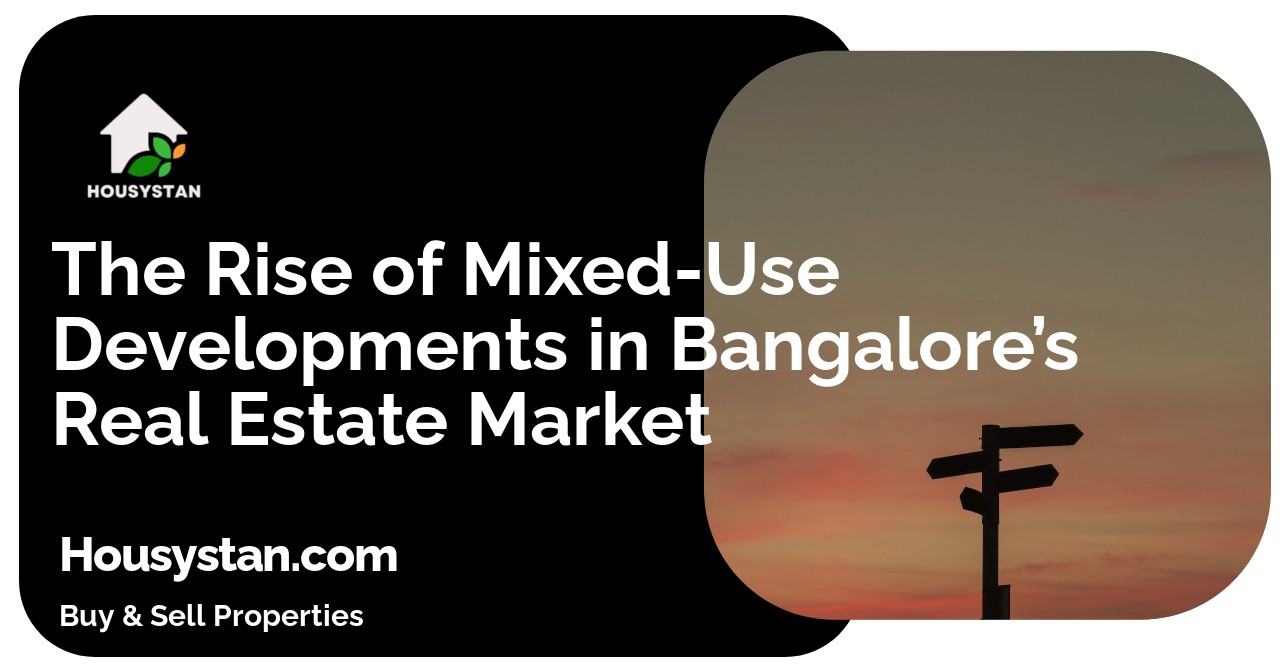The Rise of Mixed-Use Developments in Bangalore’s Real Estate Market
Read latest blogs and articles from Housystan

The Information mentioned here was last updated on:
21/12/2025Bangalore, often hailed as the Silicon Valley of India, has witnessed a remarkable transformation in its real estate sector over the past decade. One of the most significant trends shaping the city’s urban landscape is the emergence and rapid growth of mixed-use developments. These integrated spaces are revolutionizing how residents, professionals, and businesses experience the city, blending residential, commercial, retail, and recreational zones within single, thoughtfully designed complexes.
Strategically located in prime neighborhoods such as Whitefield, Indiranagar, Koramangala, and Electronic City, mixed-use developments in Bangalore offer unmatched connectivity and convenience. The city’s expanding metro network, improved roadways, and proximity to business hubs make these projects highly desirable for both end-users and investors. This urban planning approach not only reduces commute times but also fosters a vibrant, walkable community atmosphere, encouraging sustainable living and social interaction.
One of the main drivers behind the popularity of mixed-use developments in Bangalore is the city’s dynamic and diverse population. Young professionals, families, and expatriates are increasingly seeking holistic lifestyles that combine work, leisure, and amenities in one location. These integrated projects cater to this demand by incorporating modern apartments, co-working spaces, premium retail outlets, cafes, fitness centers, and green spaces within their premises. Residents enjoy seamless access to essential services and recreational facilities, enhancing their quality of life while promoting work-life balance.
- Verified Tenants/Buyers
- Unlimited Property Listing
- Zero subscription/charges fee
From an investment perspective, mixed-use developments in Bangalore’s real estate market are considered highly lucrative. They tend to attract steady footfall, generate multiple revenue streams, and offer better returns due to their versatility and adaptability to evolving urban needs. Developers are responding with innovative designs and sustainable construction practices, ensuring these projects remain attractive in the long term.
In conclusion, the rise of mixed-use developments is redefining Bangalore’s cityscape, meeting the aspirations of its cosmopolitan population, and setting new benchmarks for urban living. As the city continues to grow, these integrated spaces will play a pivotal role in shaping the future of real estate in Bangalore, making them a top choice for both homebuyers and investors seeking value, convenience, and a vibrant lifestyle.